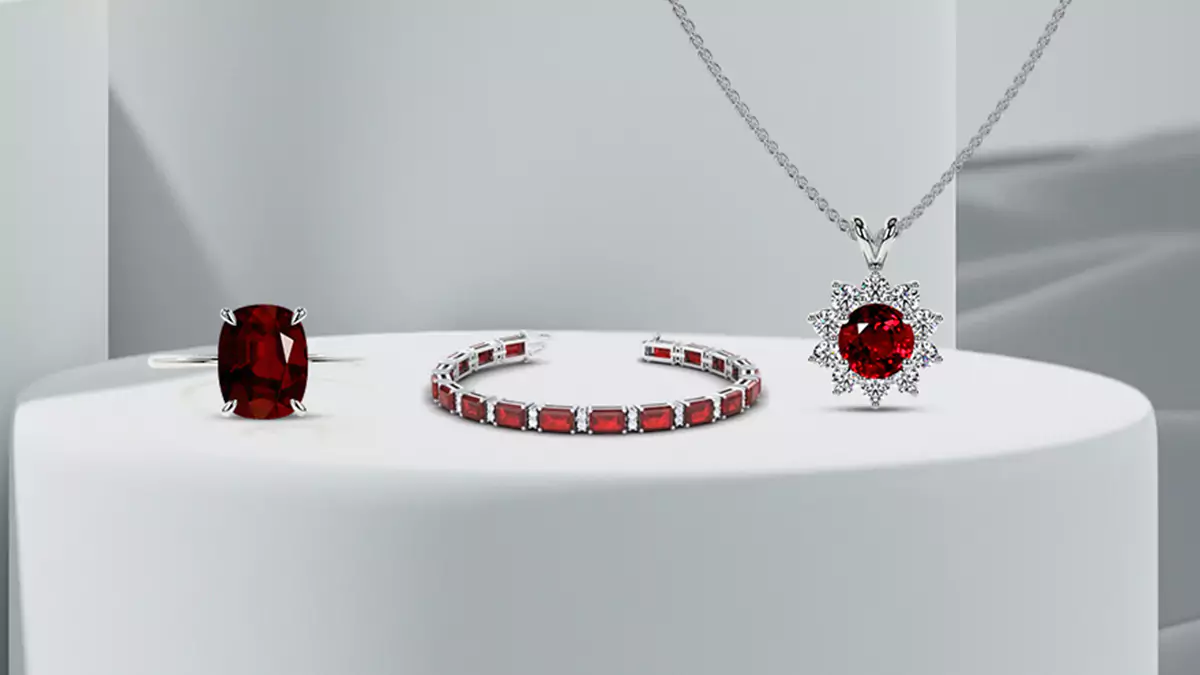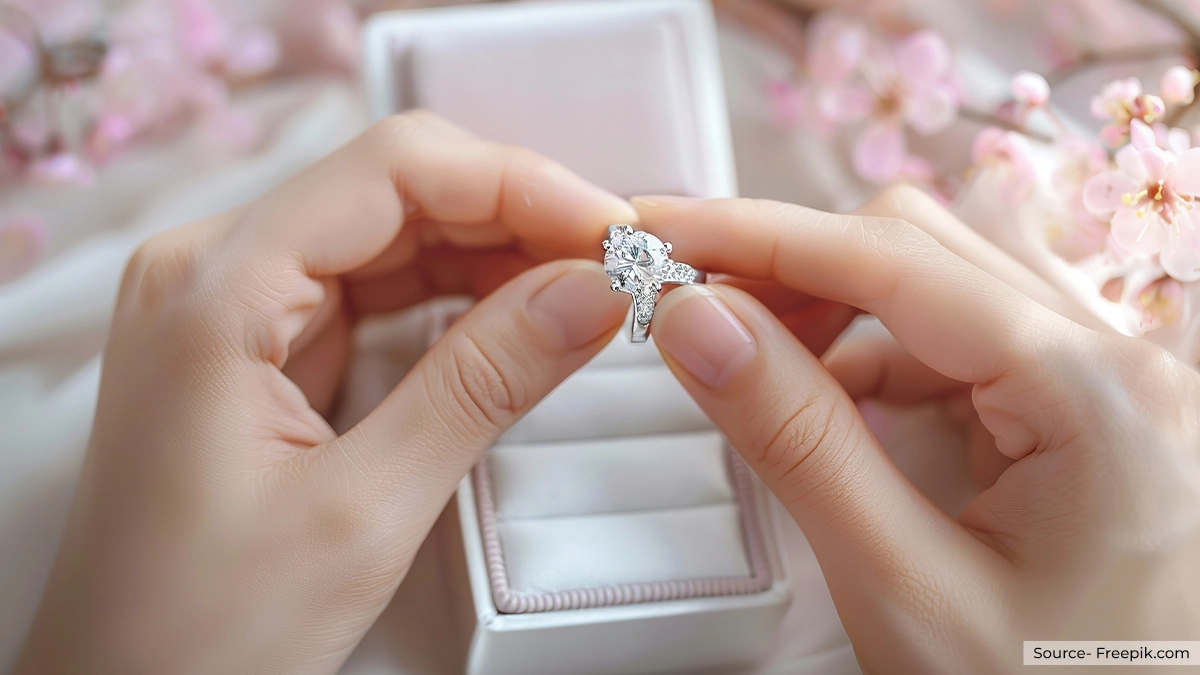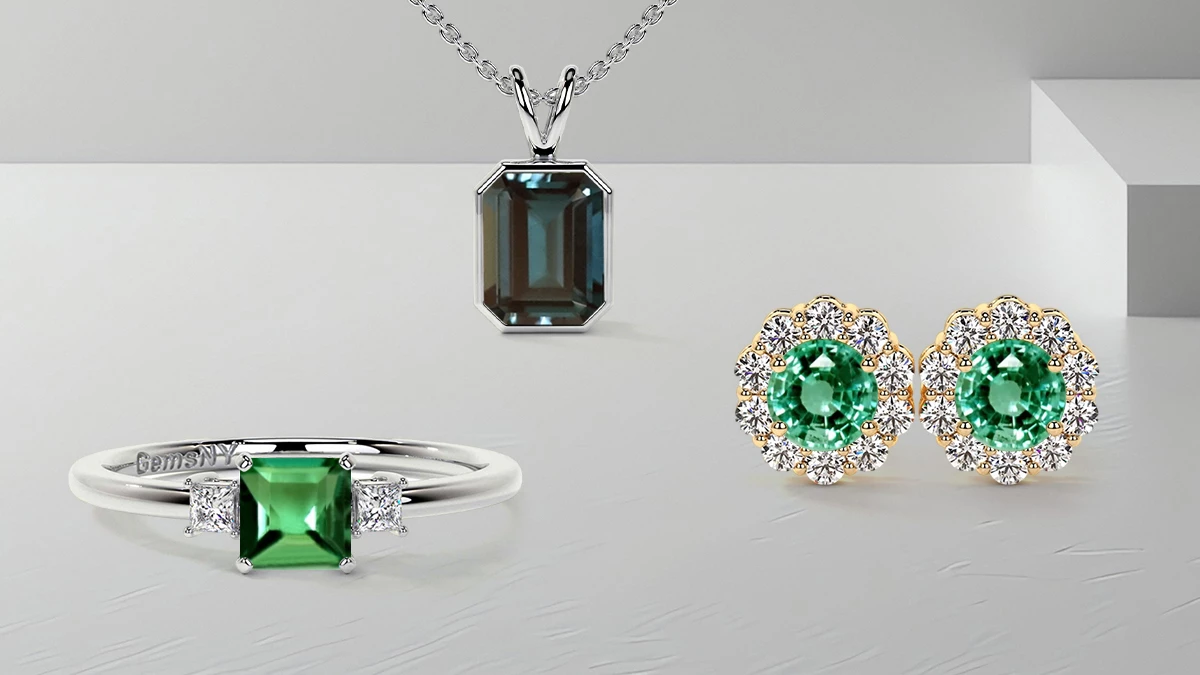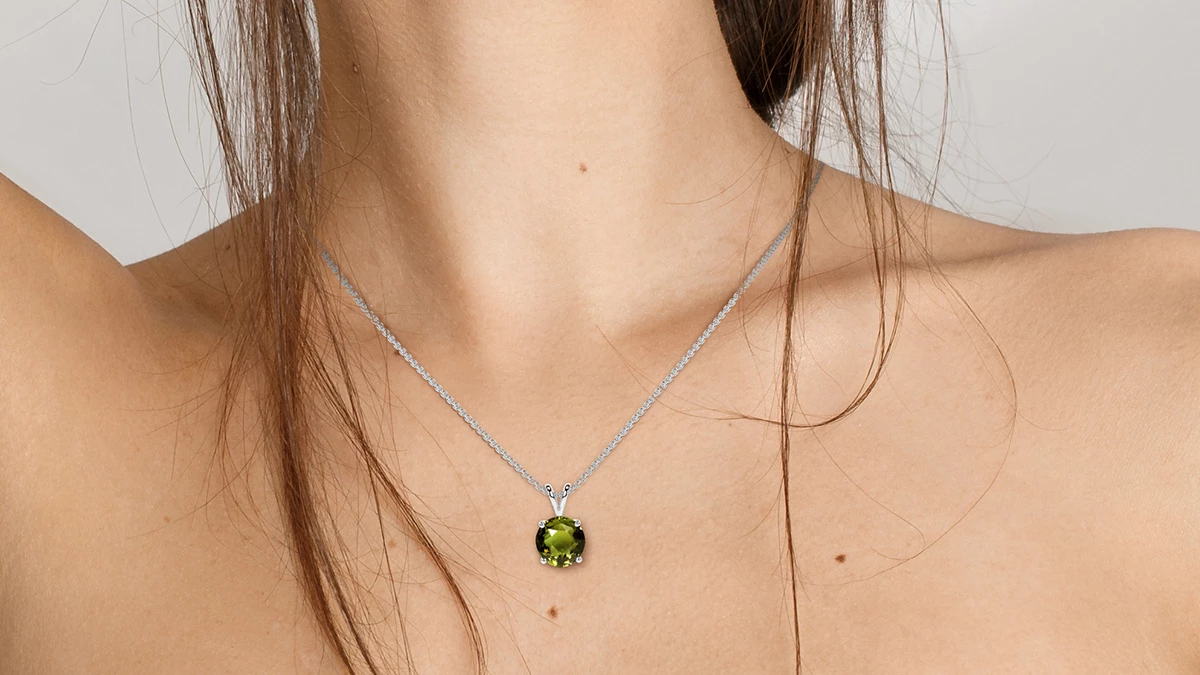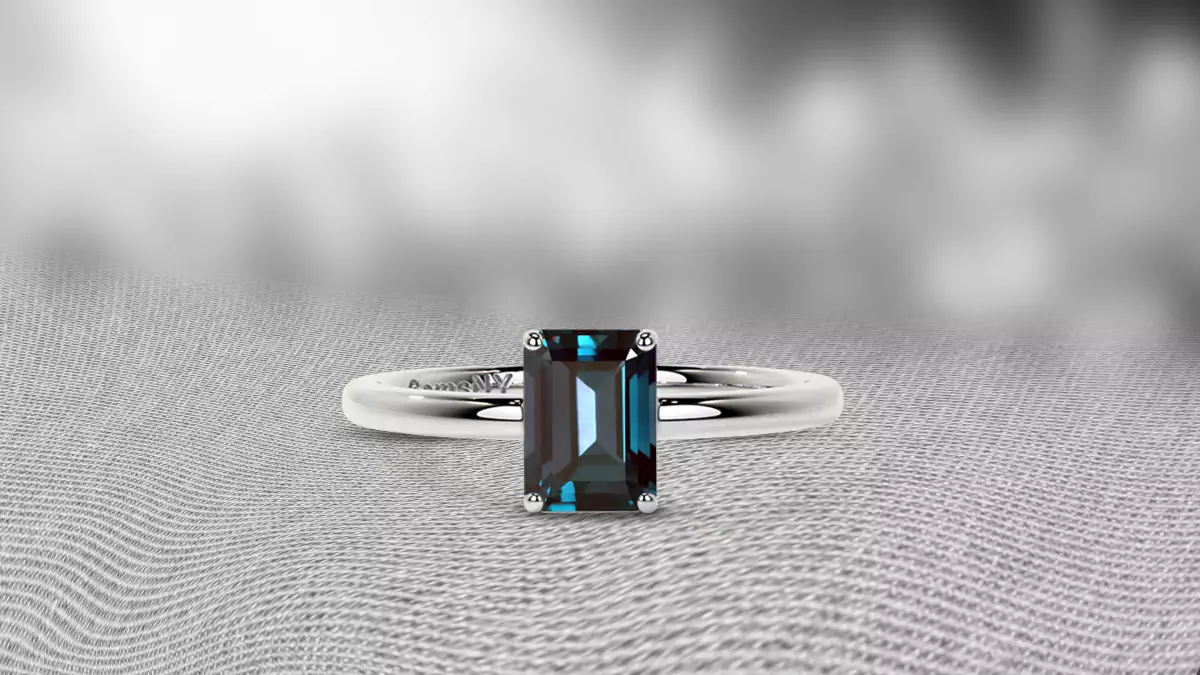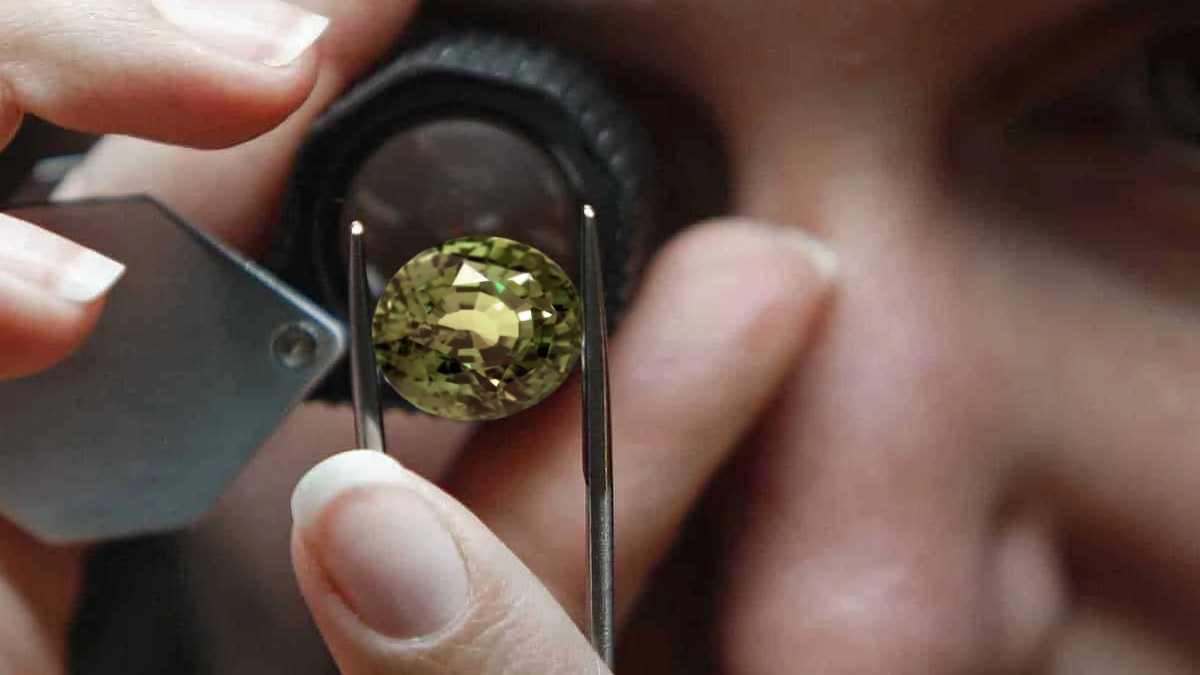Alexandrite, one of the rarest and most precious gemstones found worldwide, is truly a gem you could ever acquire in your life. The stone is widely known for its magnificent color-changing characteristics which make it appear bluish green or completely green like an emerald stone in the daylight, but it radiates a purplish red or utter red tint similar to that of the ruby in dazzling light during the night.
Discovering The Source Of Alexandrite’s Divine Hues
If you are wondering how come the stone emits two different hues in different sources of light, it is all thanks to the 580NM of the light absorption band because of which one can observe a significant change in the color of the gem from red to green or vice versa. This very property makes this marvelous gemstone the first choice of gem lovers across the oceans but in reality, only a few around the globe get this rare opportunity to possess a real alexandrite stone.
Estimating The Worth Of June Gemstone
The value of alexandrite is often determined based on the depth of its colors, that is, being pure red or pure green under different lights, and the degree of color change that it reflects, which may range from 5% to 100%. So while the clarity of the stone holds a little less significance over the aforementioned traits, the higher their visibility in any alexandrite, the higher the value of the stone. So even if the stone is opaque but exhibits 100% color change, it would be regarded as more valuable than the one which is rather transparent.
Diving Into The Rich History Of Alexandrite Gemstones:
Talking about how this exquisite gem came into the limelight, the June gemstone was first discovered in the 1830s in the emerald mines of the Ural Mountains near the Tokovaya River in Imperial Russia. If the sources are to be believed then the earliest extracted alexandrite exhibited the finest quality and vibrant hues with prominent color-changing features. The first person to recognize the worth and remarkable features of this gemstone was Nils Gustaf Nordenskiold, a well-known mineralogist from Finland, who initially took it for an emerald until he realized that the stone changes hues when placed under different sources of light.
Reviving The Glory Of Alexandrite Gemstone Jewelry In Ancient Cultures
If you are wondering how the stone got its unique name, then it all by the grace of Russian mineralogist Count Lev Alekseevich Perovskii who, in 1834, bestowed this name to the newly discovered gem honoring Alexander II, the then-next heir of the Russian royal throne, who was then celebrating his 16th birth anniversary. As to why the stone became so popular in Russia is because it displayed both green and red shades which represented the colors in the national military of the country, making the stone to be recognized as Imperial Russia’s official gemstone. Additionally, the rare color-changing traits of the gem made it further popular and prestigious to be admired by the Czars (the Russian Emperors until 1917) during the 19th and early 20th centuries in Russia.
During this time only, the American gemologist George Frederick Kunz also designed several alexandrite rings for his jewelry collection. The precious gemstone is also known to have been embellished in the jewelry worn by the royals in Victorian England. And finally, the stone made into the list of modern birthstones for June in the 1950, widely acclaimed as an alternative to the traditionally accepted pearl stone.
Ascertaining The Mineral Composition And Reserves Left
Speaking of the mineral composition of the stone, alexandrite is made up of a combination of two different minerals, Beryllium and Chromium, out of which, the former is the rarest mineral found on Earth. So, once the earliest and the originally discovered reserves of the minerals in Russia were depleted after mining for a few decades, the stone became even rarer to be seen until the new reserves were discovered in 1987 in Brazil. In the modern era, the mineral is available in places like East Africa, Sri Lanka, Madagascar, Myanmar and Zimbabwe. However, the occurrence of fine mineral quality is still rare since most of the stones exhibit rather dull hues and possess weak color-changing properties as compared to those found in the Ural peak in the nineteenth century.
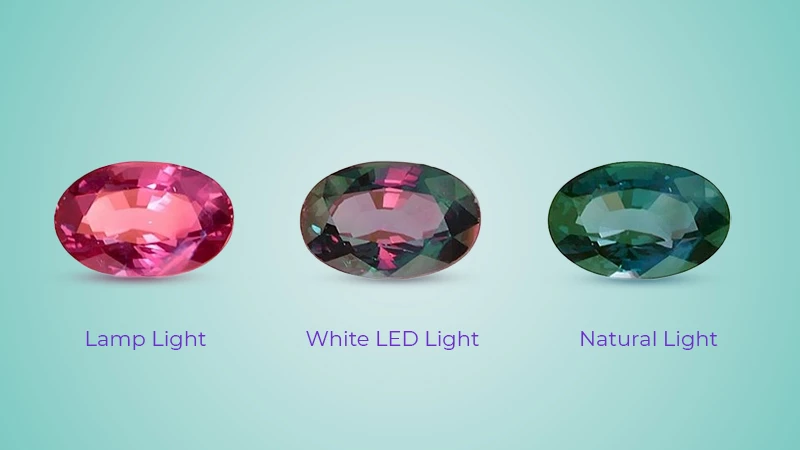
Parting Thoughts
The extreme rarity of the stones has made them even rarer than the diamonds, making them exceptionally expensive so much so that even the stones of comparatively low quantity are almost unaffordable to those from humble financial backgrounds. Due to this reason, scientists invented the earliest synthetic alexandrite in the 1960s and today real stones are manufactured using hydrothermal, melt, or flux techniques. Although these real counterparts are not the natural ones, they cost quite less than the latter, making them a good choice to suit your classy and elegant preference. So, order your sparkling gem today with us at GemsNY. We promise to shower you in the brightest sunshine and dazzling moonlight with this camouflaging gemstone.

